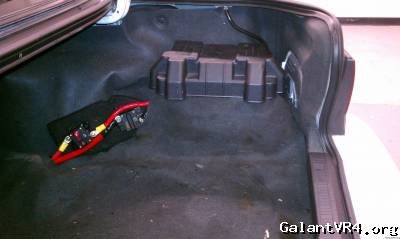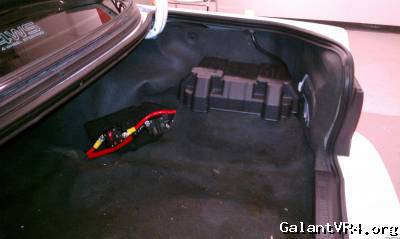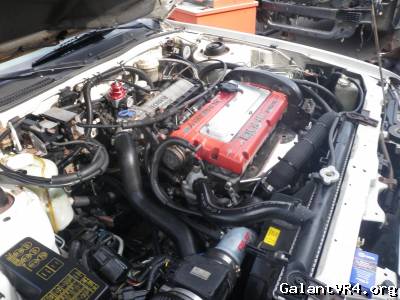Quoting DR1665:
You might want to put you meter back into play and look into current (amps).
Voltage is like boost pressure.
Amperage is like CFM.
A short results in a current draw on the battery. I'd suggest double checking your connections. You might want to disconnect the positive terminal, set your DVOM to amps, and measure the current draw with the car turned off. I suspect you'll see quite a bit if the battery is running down that fast.
That's the right idea, Brian, but many times that will fry a meter/or at the least blow the meter's fuse.
(especially when there is a massive draw like the o.p. is decribing)
There are many capacitors in a stock car, and when the battery is disconnected, they will lose there charge.
When the battery is reconnected, and the caps begin to recharge, the intial inrush of current will often excced the ten amp limit of most meters.
*poof* cue the magic smoke.
It's interesting to note that harbour frewight/cheapy menters *may* tolerate this test whereas the higher flukes will often be damaged by insertation in a circuit that has many caps, and a vehicle with an aftermarket head unit/amp will destroy almost any meter you might have at hand.
*helpful hint* byu a cheapy meter and use it in the garage, There's very few circuits that require the precision of a high end meter in these cars and even a cheapy meter is accurate to a decimal point.
It is possible to use either of these techniques and have a minimal chance of damaging the meter;
Start with the battery terminals connected.
Put the positive lead on the battery post and the negative lead on the terminal.
Lift the terminal off, leaving the meter probes on their respective test poinnts, and what you;re reading is the system draw.
or;
Make a fused bridging wire to bring things up to voltage, and connect invetween the terminal and the post.
After ~ ten seconds put your meter leads in parrallel with the bridging wire (red lead on the post/black on the terminal)
Remove bridging wire, and now you;re reading the idle current draw.
To be honest with you, I almost never use an ammeter for this task anymore.
I connect a test light in series with the terminal and post, and use it's brightness as an indication of how much current is flowing.
dim = normal
Bright = excessive current draw
Start pulling fuses, starting with any aftermarket stereo/equipment then the constant power/memory circuits, then be sure to carefully remove the bloted in fuses on the positive terminal (the alternator is the main player there) and then progress to the other fuses in the front and interior boxes.
When the light dims/goes out you have found the circuit that needs further investigation.
Good luck, and please update your thread with the problem and the fix.
Havent's seen many key off current draw problems on these cars oyher than the alternator diodes and the motorised seatbelts, so I'd like to know what is causing your problems.
thanks














